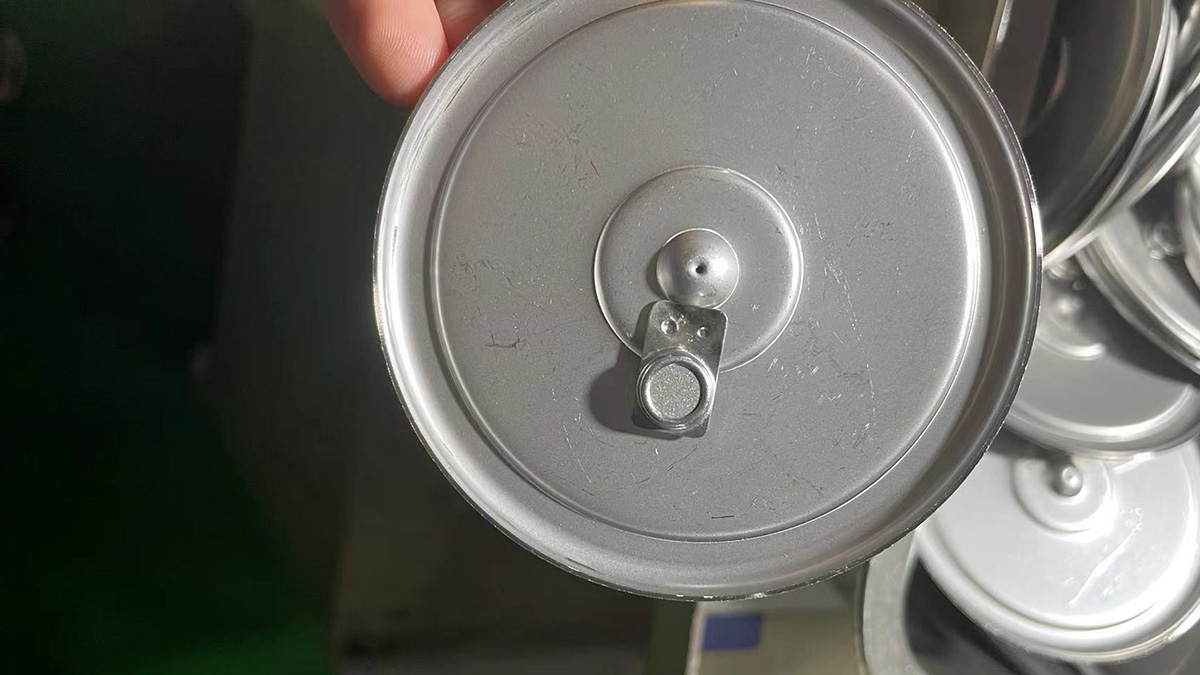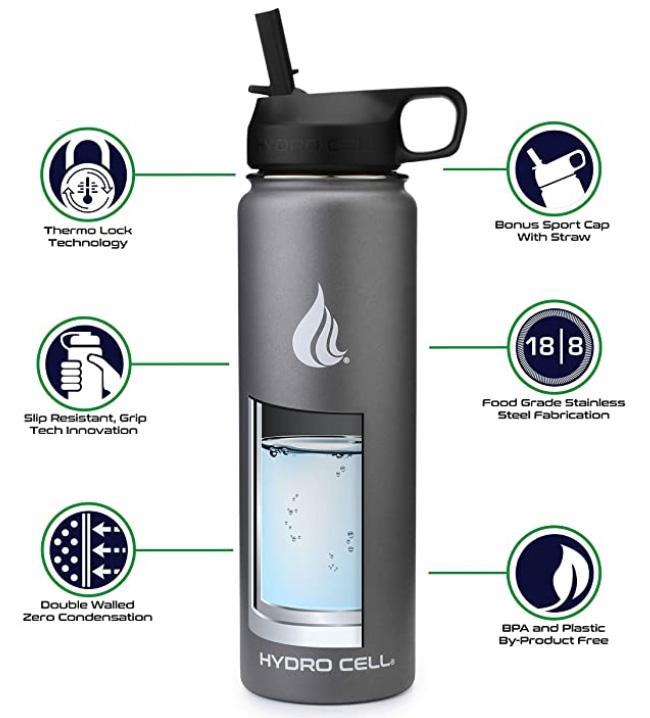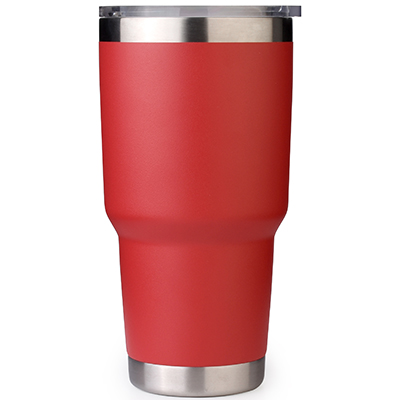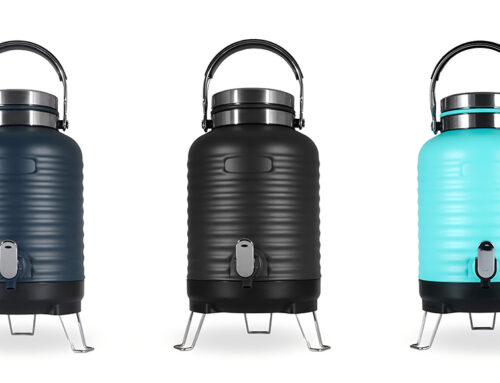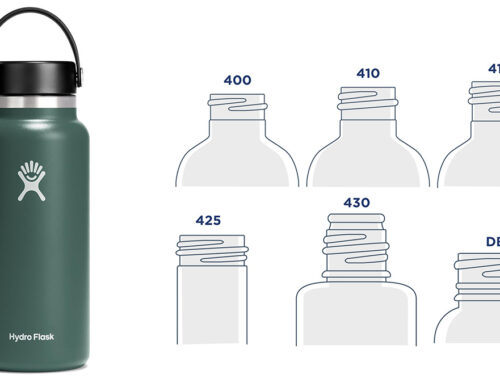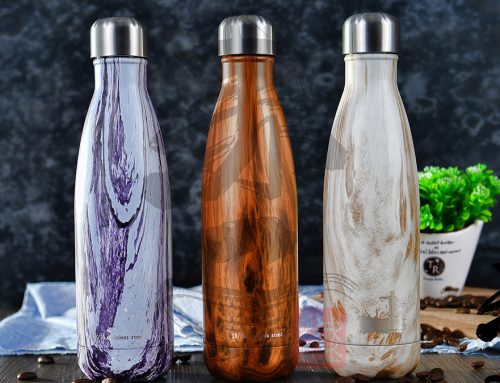Contents
- What are getters?
- The primary role of getters
- The classification of getters
- Requirements of the getter for thermos vessels
- Getters used in thermos bottles: Zr-VF-e getter
- Working process of the getter: activation
- Working process of the getter: regeneration
- Can more getters improve the insulation effect?
The secret that a vacuum insulated cup can keep liquids in the container cold or hot for a long time lies in the vacuum layer between the double walls of the vessel. The vacuum layer can block thermal conduction and radiation. In order to realize the vacuum between the stainless steel duel walls of the bottle, there are two elements required in the process of producing thermos flasks:
- Vacuum pumping
- Getter
This article will introduce getters in detail.

To learn more about the manufacturing process, manufacturing cost, design and vacuuming process of thermos flasks, please click here:
: Vacuum Insulated Water Bottle Manufacturing Process, Thermos Vessel Design Tips & Tricks, Custom Water bottle Tumbler Manufacturing Cost
What are getters?
Getters are the generic term for a preparation or device that can effectively absorb some gas molecules, and are used to obtain or maintain vacuum and purified gases. Getters come in different forms such as powder, dish, ribbon, tube, ring and cup.
The primary role of getters
The widely use of getters in the manufacture of thermos cups and insulated containers helps create a good working condition for the vacuum layer of thermos cups, stabilize the vacuum degree of thermos cups and exert an important impact on the performance and lifespan of insulated containers:
- Improve the vacuity of the flask’s vacuum layer in a short time. Eliminate the residual and re-released gas after the vacuum cup is exhausted and sealed, which shortens the exhaustion time;
- Maintain a certain degree of vacuum during the storage and working of thermos cups;
Explainer Video: Material Guide for Water Bottle Tumbler Cup
The classification of getters
Getters can be divided into three broad categories, one is evaporable getter, the other is non-evaporable getter, and the third one is combined getter which contains both evaporable and non-evaporable getters.
I. The evaporable getter
This type of getter can be obtained by putting the getter material into the getter carrier and then evaporating the material from the carrier before or after the exhaustion system of the device is sealed. Getter carriers are mostly made of metal tubes or metal plates. After the getter material is evaporated, it will condense on the cold pipe wall to form a specular surface. The evaporable getter absorbs the gas in the tube in the form of evapotranspiration and mirror inhalation.
II. The non-evaporable getter
The non-evaporable getter is made of getter material with a high evaporation temperature. Even though this getter doesn’t need to evaporate, it has to be activated to absorb gases. Activation is to heat the getter properly, so that it has strong absorption ability. During the activation, the gas emitted by the getter is either pumped by a vacuum pump or sucked by an evaporable getter. The activated non-evaporable getter can absorb a lot of gases at the working temperature. The non-evaporable getter absorbs the gas in the tube in the form of surface adsorption of the gas and the diffusion of the gas into the getter.
III. The combined getter
Getters with both evaporable getter and non-evaporable getter are known as combined getters.
Requirements of the getter for thermos cups
The general requirements of the getter in vacuum cup industry are as follows:
(1) The getter itself should be easy to degas, and it should possess higher getter capacity and can firmly keep the absorbed gas after degassing.
(2) The evapotranspiration temperature of the evaporable getter should be appropriate. Higher temperatures will lead to overheating of other parts in the pipe; but if the evapotranspiration temperature is too low, the getter tends to evaporate earlier than it should.
(3) The vapor pressure of the getter should be low enough at the working temperature of the device. Otherwise, the vapor of the getter itself will destroy the vacuity or contaminate the gas filled in the tube.
(4) The getter should have a good attribute for processing in manufacturing.
(5) The existence of getters should not exert any negative effects to the stainless steel such as impairing its corrosion resistance.
Getters used in thermos bottles: Zr-VF-e getter
The Zr-V-Fe getter is an alloy composed of zirconium, vanadium and iron, in which zirconium accounts for 70%, vanadium 24. 6% and iron 5. 4%. The surface of the Zr-V-Fe getter exposed to the atmosphere is covered with a layer of CO2, O2 and hydrocarbons, and the zirconium and vanadium in the alloy surface mainly exist in the oxidation state. When interacted with the surface of the clean getter alloy particles, the active gas will produce a stable chemical compound with it, thus realizing the purpose of pumping out the active gas. And because of the existence of vanadium, the Zr-V-Fe getter has a lower activation temperature.
As a leading manufacturer of vacuum flasks, KingStar’s H2, CO and N2 gettering experiments on Zr-V-Fe getters have shown that the getter’s pumping rate of H2 basically remains unchanged whether under a high or normal temperature. However, because CO has a relatively low diffusivity at room temperature, the gettering capacity of the getter is limited and the pumping speed becomes slower when the surface of the getter is close to saturation. With the diffusion state of N2 in the getter, the pumping rate of N2 is about 15% of that of H2.
The KingStar’s Engineering team have studied the change of surface composition of the Zr-V-Fe getter during activation. In the process of heating and activating the getter, the vanadium oxide starts to reduce at 200℃. The activation process leads to the enrichment of near-metallic Zr on the surface and the formation of some metal carbides. With the temperature increasing, H2O, CO2 and hydrocarbons gradually desorb from the getter surface. Above 200℃, the main desorbed gas is H2, and O2 can not be detected in the whole activation process. ZrO2 is reduced to near-metallic state or metallic state, which is mainly due to the fact that the oxygen in ZrO2 diffuses into the getter and leaves the getter surface.
Working process of the getter: activation
When the temperature is relatively low, the gas’ inward diffusion speed is very slow, and the diffusion speed curve obviously moves to the left. However, under atmospheric pressure, the surface adsorption rate is greatly increased, and the diffusion rate curve is clearly shifted to the right. In this way, the getter is conspicuously in the diffusion-determining area, so a thin gas adsorption film is formed on the surface of the getter, which can’t diffuse into the gas at room temperature in time, thus this film prevents the getter from further interacting with the gas. That is why we say the getter is very stable in this case.
Before the getter can fully exert its adsorption effect on convective active gas, this layer of gas film must be removed first. This process is known as activation. The activation of getter can be realized by reducing the gas pressure (P ) on the surface of the getter, increasing the T of the getter and maintaining it for a certain time. The combination of P, T and time becomes the activation condition.
Working process of the getter: regeneration
Once the getter is activated, it can produce the pumping effect when exposed to the gas which is about to be pumped out. Generally speaking, hydrogen is uniformly dispersed in the whole getter volume, and other active gases are concentrated near the surface, resulting in the gradual decrease of gas adsorption speed. When gas molecules accumulate on the surface of the getter, the getter will be seriously polluted and lose its thermodynamic activity, which will lead to the end of and the lifespan of the getter. The diffusion rate will be increased again if the temperature is raised, which means the surface activity will be partially restored and the adsorption rate will be boosted again. If the diffusion rate is kept higher than the surface adsorption rate for some time, the surface thermodynamic activity can be restored, which is called the heat regeneration of getter. Similarly, the surface thermodynamic activity of the getter can also be restored and the adsorption rate can pick up again if the temperature of the getter is kept constant and the gas pressure (P ) around the getter is reduced to greatly decrease the constant surface adsorption rate. This is the depressurization regeneration of the getter.
Can more getters improve the insulation effect?
We are often asked by customers “can you get better heat preservation effect by adding more getters in the vacuum layer of the thermos cup?” The answer is “NO”. As mentioned above, a certain number of getters is good enough to keep the vacuum degree of the flask, and more getters would be unnecessary.
Have more questions about launching or manufacturing insulated stainless steel water bottles / wholesale tumblers / containers / vessels / tubes / bowls / can coolers / lunch boxes / canisters / pints / cups / mugs / jugs? You are welcome to contact us anytime. KingStar is leading custom metal drinkware manufacturer who provide one-stop OEM/ODM manufacturing service from product design, tooling fabrication to mass production.

